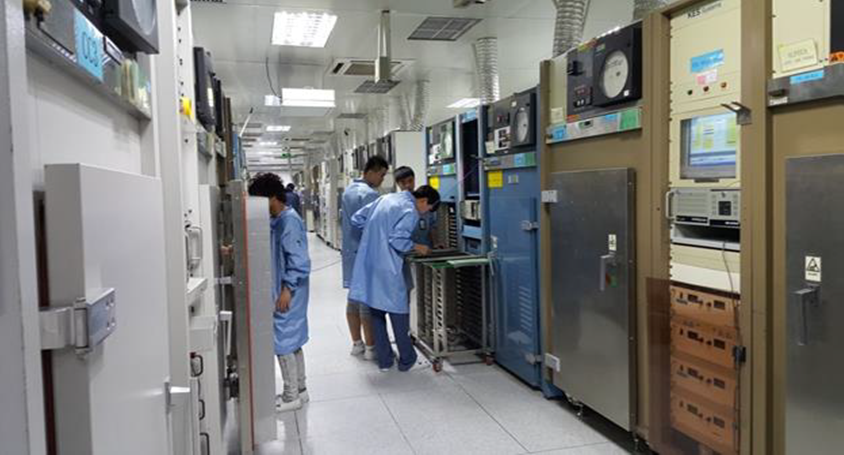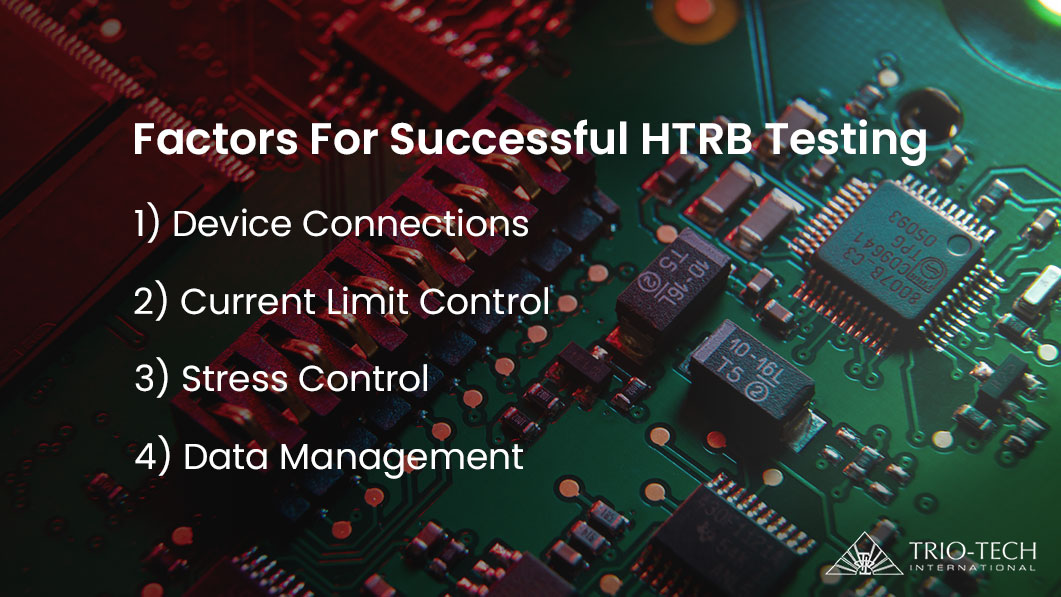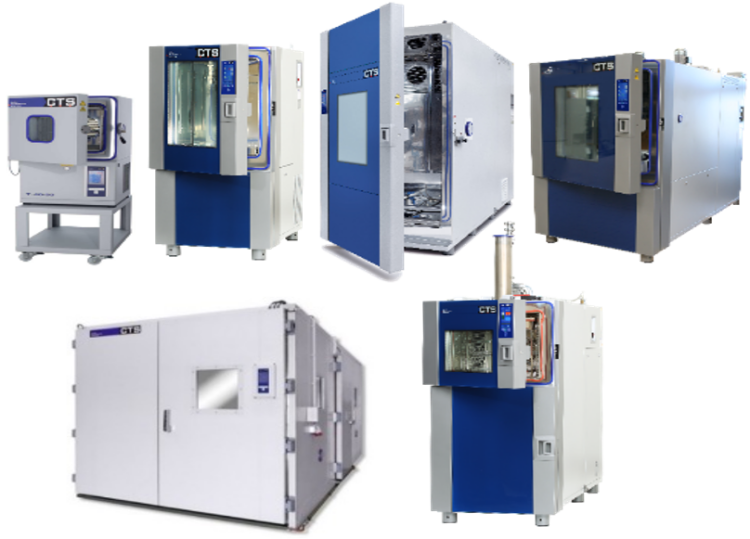We live in an increasingly interconnected world. And our devices play an integral role in bridging that gap! As the demand for these electronic devices continues to grow, there is a greater need for manufacturers to provide quality products that last for a significant time. To achieve this aim, rigorous quality assurance tests must be carried out to ensure the components meet quality standards.
One of the common reliability test services conducted by manufacturers to stress test the stability of components is the High-Temperature Reverse Bias (HTRB) test. This assessment is developed to tune the design and process conditions and verify that the components deliver the performances specified on their data sheets. In this article, we will explore what you should know about HTRB testing, including its processes and the factors for successful testing.
What is HTRB testing?

An HTRB test evaluates the long-term stability of a component under reverse-bias conditions. During the assessment, sample components are placed in an HTRB system and exposed to the maximum rated reverse breakdown voltage (or slightly less) at a temperature close to their maximum TJMAX – the maximum junction temperature of a processor – for a sustained period of time, which is generally around 1000 hours.
During the HTRB testing, the component’s leakage current is continuously monitored to ensure it remains fairly constant, which is a criterion for passing the test. And since this test exposes components to thermal and electrical stress simultaneously, it is also ideal for checking a component’s crystal defects, ionic contamination levels, and junction integrity. This way, manufacturers can spot weaknesses or degradation effects in the passivation and the field depletion structures at the devices’ edges.
Factors for successful HTRB testing

HTRB testing generally involves exposing components to extreme conditions. Therefore, well-designed measurement plans and HTRB test systems are crucial to avoid damaging the equipment and losing the test data. So if you plan to carry out an HTRB test, here are the factors to consider to make sure your test is successful.
Factor #1: Device connections
Depending on the number of devices and instruments used for HTRB testing, various connection schemes can be implemented to achieve your desired stress configurations. If you are testing a single device, you can apply voltage at the drain specifically for VDS stress and measure. In this case, you only require one source measure unit (SMU) instrument per device.
Alternatively, you can connect each source and gate to an SMU instrument, giving you greater control over measuring current at all terminals. This method allows you to extend the range of VDS stress and set the voltage on the gate to mimic a practical circuit situation.
Proper connections between the test instrument and the device are essential during multi-device testing. This is because the drain is common in a vertical device structure. Therefore, it should not be used for stress sourcing. Instead, the gate and source are used to control the stress. This way, the test will not be terminated even when a single device malfunctions inside the HTRB system.
Factor #2: Current limit control
When conducting HTRB testing, you should always allow for adjustment of the current limit at a breakdown to avoid damaging the device and probe card. If the current limit is not lowered when a malfunction occurs, the high-level current will melt the probe card tips and damage the components over a period of time.
Factor #3: Stress control
During an HTRB test, you must maintain control over the high voltage stress to avoid overstressing the device, leading to an unexpected device malfunction. Newer HTRB systems allow users to control the forced voltage, letting it reach the desired value. This is accomplished by ramping the current gradually at the beginning or end of the stress, or when users wish to abort the test. Unexpected device breakdowns and in-rush currents can then be minimised.
Factor #4: Data management
HTRB testing can run for a significant period of time. This results in enormous datasets, especially when testing multiple devices. Collecting and analysing all the data produced is a herculean task and a waste of time since some data may be irrelevant. Therefore, effective data collection is vital to meet production demands and make sure the components meet quality standards.
An efficient way to manage your data volumes is to log essential data only. Specific HTRB systems with data compression functions enable users to choose when to start data compression and how it will be recorded. For instance, you can choose to log data only when the current is higher than a specific noise level or when the current shift exceeds a specified percentage when compared to the previously captured data.
HTRB testing offers manufacturers valuable insights into their products’ performances and long-term reliability. However, a comprehensive solution is required to address these factors effectively and guarantee the test is successful. With the ideal HTRB system, you can readily configure test scenarios that match your business needs.
At Trio-Tech International, we are one of the leading providers of reliability test services in Singapore. We utilise the latest and most comprehensive test systems in our reliability testing so that every device is thoroughly tested and meets the expected quality standards. Do not hesitate to contact us today to learn how we can assist you with your component testing.



